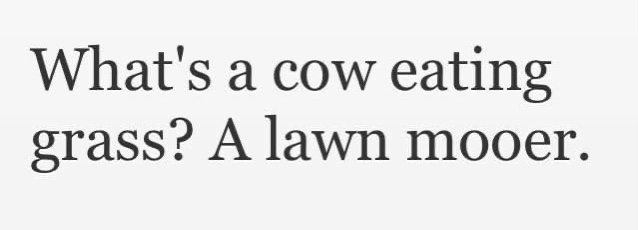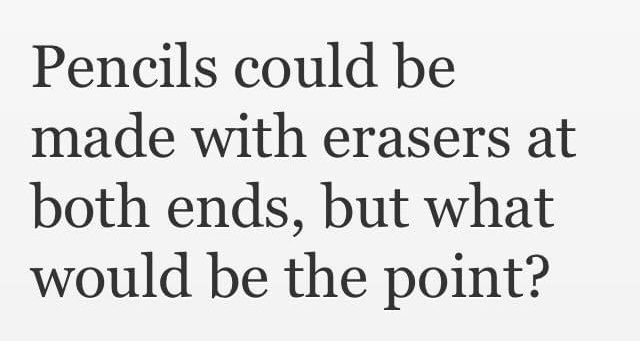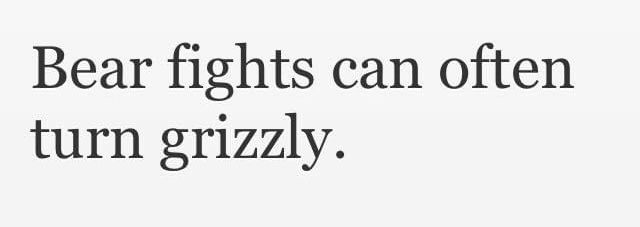Measures
[responsivevoice_button]
Breaking down a song into sections is not very strict (for the reasons described in the previous lesson) however, once a conversation about a song section occurs among musicians, there is a definite need for everyone to have the same understanding of various terms or concepts so that everyone can be on the same page. Lyrics are simple enough to understand since you can literally refer someone to specific words however when music is instrumental things can get a little tricky if we don’t all use the same language. As the term implies, ‘measures’ is a way of ‘measuring’ music from beginning to end so that you can easily jump to the section in question.
Imagine a song laid out on a whiteboard and that a ruler or ‘measuring’ tape is stretched out for the length of the song. With the help of the ruler you can now direct another musician to the 2nd centimetre … which represents part 2 of the Intro section (for example).

The timeline of the intro in the example above is divided into 8 equal sections (8 centimetres). In musical terms, these subdivisions are called ‘measures’. The 8 measures are now numbered therefore allowing you to direct someone to a particular point or to play from measures 1 to 4 or 5 to 8 for example. Here is an example of how this would look on an actual chart where the verse is made up of 8 equal parts.

Often, you’ll hear the term ‘bar’ instead of the word ‘measure’ which is generally understood to mean the same thing. In context, you might hear phrases such as : “let’s play the first 8 bars” or “let’s play the first 4 measures of the verse”.
The vertical line that separates one measure from another however is a ‘bar line‘ and definitely not a ‘measure line‘. Since the start and end of a measure occur at the bar lines, it would be correct to refer someone to the 4th bar as it would still point someone to the 4th measure. A measure however refers to the complete occurrence, which includes the bar lines and the notes in between and not simply the bar ‘line’. Since there are different types of bar lines that mean different things, it’s important to refer to a measure as either a bar or a measure and not a bar line as that would direct attention to the bar line itself.
The measures/bars are at equal distances from one another. Even if a particular song will show that one measure looks smaller than another, it is safe to assume, unless otherwise indicated, that the duration of time between one measure and another is similar. If a measure is in fact physically wider than another it may simply be that more space was required to fit more notes between the bar lines however the duration of the measure is still the same.

In the example above, the 4 periods between each bar line … or … inside each measure have been added to show that all the measures are evenly apart from one another. Using this example, you can say that if each period represents a beat, then there are 4 beats per measure. But how would you know this? And what kind of notes are expected? Whole Notes, Half Notes, Quarter Notes, Eight Notes etc? This is accomplished through something called Meter which we will explore in the next lesson.

Pun Of The Week
Age of Empires
Song Sections
[responsivevoice_button]
A musical piece or song is similar to a journey in that it has a beginning, an end, and multiple stops or at least multiple points of interest in between. A song for example has an intro, a verse, pre-chorus, chorus, a bridge, and an end. Both the intro and the end are not moveable since they describe a beginning or an ending and would otherwise have to be called something else if they don’t perform the function implied by their names however the other parts can occur in different orders, may repeat, may be skipped, and can even be called something else that might describe a section in a better way (ie. Solo section).
Popular Music example:
Intro
Verse
Pre-Chorus
Chorus
Verse
Pre-Chorus
Chorus
Solo
Chorus
Ending
Each one of these sections can be broken down further similar to the way we described time in a previous lesson. A ‘year’ for example, can be the entire ‘song’, the ‘seasons’ can be the different movements of a song which might contain a specific theme, while ‘months’ can be the individual parts or sections of the song.
At times you’ll come across music charts where you see different approaches to naming song sections. This usually occurs for non-popular music or for instrumental music where there is no actual lyrical ‘verse’. In such cases you might simply see a song section labeled as Part A, Part B, Part C etc… or perhaps even Part 1, Part 2, Part 3 etc. In this case it is very possible that the various parts are unrelated to one another and have different motifs or musical ideas however the above song section names are very general therefore they can be used in whatever way the composer/songwriter prefers.
ABCAB Song Section example:
Part A
Part B
Part A
Part C
Part A
Part B
If you were to place an entire song, (or even simply a part of a song such as a verse) on a timeline, you would need a way to explain where the different sections appear over the duration of the song. Time (as in seconds, minutes, hours etc) is usually used only once a song has been recorded and available for playback on a device however musicians use a different system where the speed of the song is expressed in ‘beats per minute’. Song Sections are similar in that you don’t want to refer a musician to minute 1:35 of the song when you can simply refer a musician to the verse section … or perhaps Part B of the song. This would allow the musicians attempting to play the song to jump to a specific section at a moment’s notice.
Jazz Improvization example:
Head (main theme)
Solo 1 (ie. guitar)
Head (main theme)
Solo 2 (ie. sax)
Head (main theme)
Ending
Song ‘Sections’ are basically simpler divisions of a song so that communication among musicians can be simplified yet also precise.

Pun Of The Week
The Choice
Tempo
[responsivevoice_button]
When musicians communicate ‘beats per minute’ they aren’t expressing time per se but rather what is called ‘tempo’. The Italian word ‘tempo’ literally translates to ‘time’ and it is used to describe the ‘speed’ of a passage, melody, or song. It is mostly a way to indicate the ‘stable speed’ however there are also specific terms to indicate an acceleration or deceleration of tempo/speed. ‘Beats per minute’ literally describes how many beats (ticks, taps, claps etc) occur within a minute. For example, 70bpm means that if you start a stop watch and start counting the number of clicks or taps you hear over 60 seconds, the result would be 70 taps per minute. This is the same unit of measurement used when a doctor measures a heart beat or pulse. A person who has a heart rate of 70bpm or a pulse of 70bpm has 70 pulses or beats per 1 minute. If a pulse were to either decrease or increase drastically, a doctor could tell that something out of the ordinary might be occurring in a patient. I like the analogy of ‘beat’ to ‘pulse’ because a beat gives the impression that it can occur only once. A beat can be a hit, while a pulse gives the impression that it is a repeating event which is much closer to what is occurring in music. Still, the correct term for measuring tempo is ‘beats’ per minute.
In music, the tempo of a song reflects the composer’s or conductor’s intended pulse of a song and therefore the expected pulse or speed they expect the performing musicians to play at for everyone to play in sync with one another.
*Interesting note about composers and why they exist:
Have you ever wondered why some guy waving his hands and arms (the composer) is needed when music is being performed by orchestras? Is the conductor just some crazy person who is attempting to dance to the music? Why does he sometimes seem upset and why does he dance with only his arms and not his hips or legs? Does he even play an instrument or is he someone’s crazy uncle who just tags along with the rest of the band?
Well, the conductor’s role is actually very important to the orchestra as he/she is the time keeper for the whole orchestra. Since orchestras can be very large and can contain any number of musicians spread apart or at least seated away from one another in a large theater, the musician sitting at the far right will not hear the music being performed by the musician at the far left, just as the musicians in the middle might have trouble hearing musicians from either side. The reason is that sound does not travel very fast therefore there would be a delay in sound before a musician in the middle hears a musician on the far left or right of them (and vice versa) which would mean that musicians would constantly play out of time. Similar to thunder and lightning, you always see lightning before you hear thunder. The two have actually occurred at the same moment however since light travels much faster than sound, you will experience the lightning before you will hear the thunder. Since this is the case, musicians will rely on what they see, the composer, rather than what they hear for them to play on time. Since everyone, regardless of where they are sitting, focuses on the composer’s movements (assuming they can see the composer), they now have a reference, a tempo, to follow and will all be synchronized to one another. A musician will never be so far away that they will experience a delay in what they see since light is that much faster than sound. In addition, the composer can provide other visual cues, either through emotions or perhaps with the use of the other arm, that might otherwise be too complicated to provide musicians through a different means.
The tempo is therefore the speed or pulse of a piece of music. As previously mentioned, the speed can fluctuate, since increasing or decreasing speed can help convey a sense of calm or urgency, however the tempo is usually stable for at least a couple of measures or bars before it changes (if it changes at all) since tempo is specifically there to help keeps musicians synchronized. An unstable tempo is counter-intuitive and even if it were to increase in speed, there would still be a controlled stability which would allow musicians to move at the same pace as one another.






